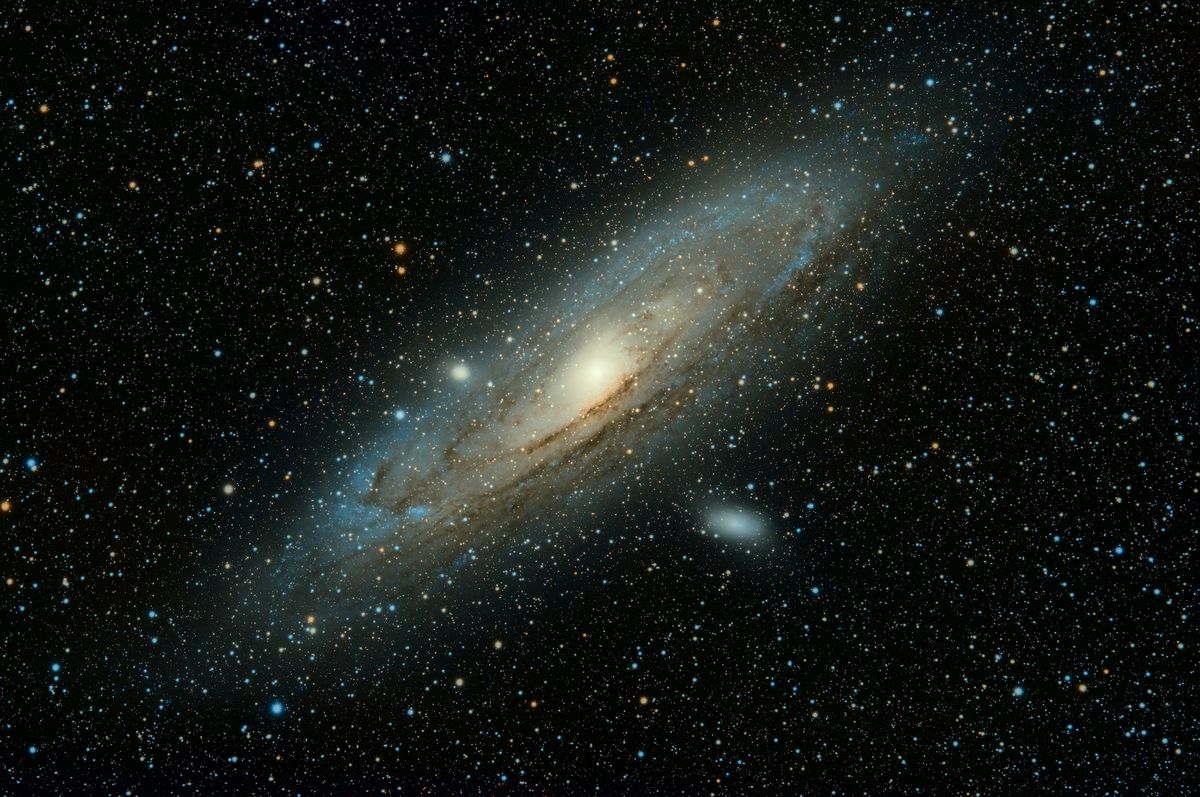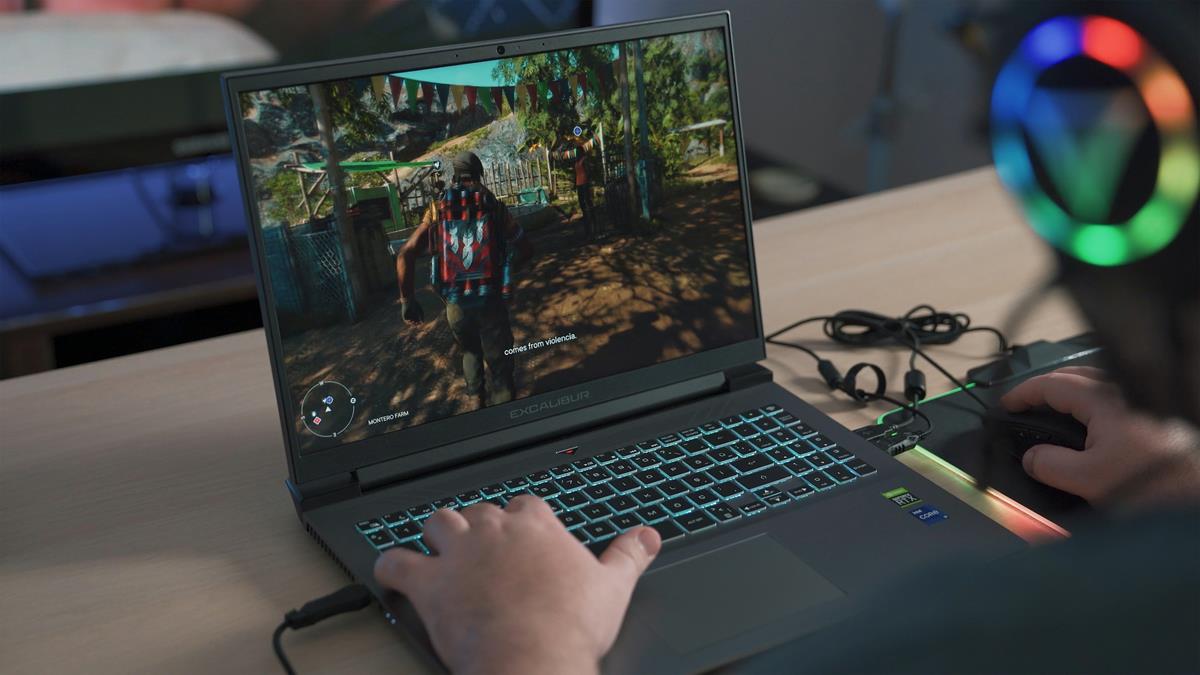Could this new AI-tool help us find life in space?

Scientists have recently proposed a groundbreaking method to improve the search for indications of life on Mars by utilizing artificial intelligence to recognize potential areas with the highest likelihood of containing "biosignatures" or evidence of life.
In a harsh environment in Chile that experiences extreme temperatures and radiation levels similar to those on Mars, the researchers developed a new deep learning framework to identify biosignatures. The results showed that the AI tool enhanced the probability of identifying biosignatures in this environment by up to 87.5 percent, rendering it nearly nine times more effective than conventional random searches.
Around four billion years ago, Mars may have had the required environmental conditions to sustain life as it was warmer and wetter. By utilizing orbiters and rovers, scientists have recognized various regions on the planet that were impacted by water, a fundamental element for life, suggesting that these regions could have served as possible habitats for microorganisms on Mars.
Presently, NASA's Perseverance rover is examining Jezero Crater, a prehistoric Martian lakebed that may have been able to support life in the past. Nevertheless, pinpointing particular small-scale habitats for microbial life is a difficult task.
To address this challenge, a group of researchers headed by astrobiologist Kimberley Warren-Rhodes from the non-profit SETI Institute created a pliant framework that integrates statistical ecology with deep learning to identify and anticipate patterns of "biosignatures." The approach was expounded in a recent study published in Nature Astronomy.
"In the search for biosignatures on Mars, there is an abundance of data from orbiters and rovers to characterize global and regional habitability, but much less information is available at the scales and resolutions of microbial habitats and biosignatures. Understanding whether the distribution of terrestrial biosignatures is characterized by recognizable and predictable patterns could yield signposts to optimize search efforts for life on other terrestrial planets," Warren-Rhodes and her colleagues stated in the study.
Determining the distribution of biosignatures in harsh environments is a complex process that involves a combination of geological, physicochemical, and biological interactions. However, research that has systematically explored these relationships across various spatial scales or utilized machine learning to forecast the probability of discovering life in extreme habitats has been limited thus far. The team of researchers also stressed that access to water is a crucial factor in this calculation.
How did researchers train the deep learning framework to identify biosignatures?
To bridge this research gap, the group of researchers endeavored to train a deep learning system to anticipate the presence of biosignatures at Salar de Pajonales in Chile, a mountain lake situated at an elevation of 3,500 meters on the edge of the hyperarid Atacama Desert. Their recent publication outlines their endeavors to accomplish this objective.
While no Earth-based environment precisely mirrors the conditions on modern-day Mars, Salar de Pajonales showcases a blend of characteristics derived from both physical and biological processes that are highly pertinent to the search for biosignatures on Mars. These features include fractal-like ridge networks, shrinkage crack terrains of abiotic and/or biotic origin, and patterned ground. These details were outlined in the study conducted by the researchers.
Warren-Rhodes and her colleagues carried out aerial and ground observations to chart the distribution of resilient photosynthetic microorganisms that thrive in this inhospitable environment. The team then trained neural networks to determine the probability of biosignatures by taking into account various geological factors such as rock type, light accessibility, and salinity.
The deep learning technique effectively anticipated the likelihood of detecting biosignatures with an impressive accuracy range of 56.9 to 87.5 percent, demonstrating its potential as a potent tool for hastening the search for biosignatures in similar environments on Earth. This finding was recorded in the study conducted by the researchers. It is noteworthy that the team discovered a high concentration of biosignatures in and around alabaster, a type of rock that can retain water for extended periods.
This discovery has the potential to assist in geologic investigations on other planets. The researchers described this study as a proof-of-concept that opens up a new avenue for identifying signs of life on Mars and other planets but recognized that further enhancements could refine the tool's functionality. For example, the researchers envisioned the development of a database of information on biosignature distribution on Earth, which could be utilized to recognize biosignatures in a variety of extraterrestrial environments.
Advertisement




















